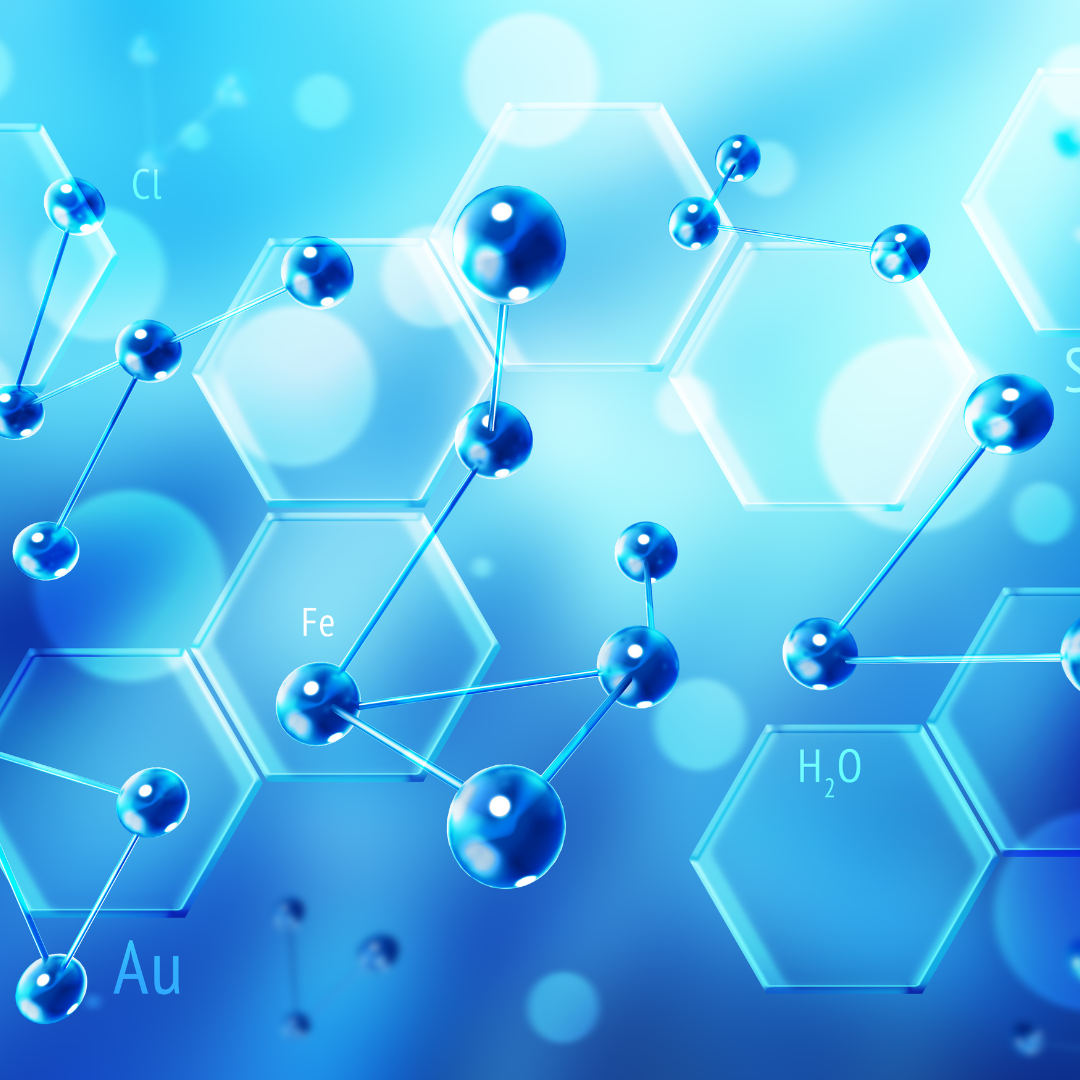
Hypoallergenic Glue for Eyelash Extensions: Myth or Reality? Learn How to Read the Label and Understand Glue Chemistry
Every day we receive many requests for hypoallergenic glue and often our experts are questioned about the real hypoallergenicity of some glues found in various online stores, especially those advertised as "cyanoacrylate-free".
Lately, the choices have become overwhelming. It is easy to get lost in the criteria. The development of the chemical industry and new technologies has progressed so much that new products appear on the market regularly. In addition, few courses explain the chemistry of glue or at least its composition, which further complicates matters.
In this article, we want to not only clear up the myth of “hypoallergenic” glue, but also provide you with the tools to fully understand the composition of glue, without having to spend a fortune on a glue that, in the end, may not be that different from the others.
1. Cyanoacrylate
Let's start with the most feared component by everyone: "cyanoacrylate", the great enemy of all. Many lashmakers look for glue without cyanoacrylate. We will try to explain this concept in the simplest way possible.
Cyanoacrylate is what makes a glue actually a glue, allowing it to stick. Without it, glue would be little more than water.
Period. There is no other explanation.
cyanoacrylic acid ester. This volatile substance provides strong adhesion to any surface, controls the speed of adhesion, consistency and duration. Cyanoacrylate constitutes approximately 90% of the entire composition of eyelash extension glue.
The cyanoacrylate family is large and features several variants of acrylates: alkoxy-, ethyl-, butyl-, methyl-. Simultaneously, one or more variants of cyanoacrylate may be present in the composition of the glue.
2. Variants of acrylates:
- Butyl 2-cyanoacrylate is used in medical adhesives because it is more compatible with the skin. Its adhesion speed is much slower than ethyl and methyl cyanoacrylate.
- Ethyl-2-cyanoacrylate is a modern and safe form of cyanoacrylate. It is present in most eyelash extension glues. This component regulates the amount of evaporation and the strength of the bond. The more of this category of cyanoacrylate in the formula, the higher the bond strength, duration and amount of evaporation.
- Methyl-2-cyanoacrylate is a more toxic substance than ethyl-2-cyanoacrylate. The more methyl-2-cyanoacrylate in the formula, the faster the adhesion.
- Alkoxy cyanoacrylates (2-methoxyethyl-2-cyanoacrylate and 2-ethoxyethyl-2-cyanoacrylate) are the safest cyanoacrylates, producing minimal fumes and causing virtually no discomfort. However, the polymerization speed is around 2-3 seconds.

But marketing doesn't sleep, and since everyone is afraid of cyanoacrylate, it is sometimes replaced with another, less scary word: Polyacrylate . After all, what the eye doesn't see, the heart doesn't grieve over, right?
But be careful, because polyacrylate is nothing more than a set of esters derived from acrylic, methacrylic and/or cyanoacrylic acid.
3. Other components of the glue
In addition to cyanoacrylate, thickeners, stabilizers, plasticizers, color pigments and other auxiliary additives are added to the glue composition.
Furthermore, in the formulations it is possible to find isoprene, a natural base that, during drying, makes the glue elastic.
Polymethyl methacrylate (PMMA) is used as a thickener in most glues. This component influences the density and speed of adhesion, but has virtually no impact on evaporation.
The more PMMA is present in the composition, the higher the density and the slower the drying of the glue itself.

4. So what to do if I am allergic or my customers are allergic?
In case you are allergic to eyelash extension glue, here are some measures you can take:
1. Choose a glue with a lower concentration of cyanoacrylate, usually these glues have the name "Safety" for example Barbara "Safety".
2. Always use a drip catcher to prevent toxic substances from evaporating from the drop after use.
3. Purchase a fan to extract fumes.
For more details on what to do if you are allergic to eyelash extension glue, see our article "Lashmaker VS Allergies".
5. Conclusion
Now that you have all the necessary information, you too can understand that there is no hypoallergenic eyelash extension glue; it is simply a marketing strategy. Whatever name is given to the main substance, cyanoacrylate and its presence in the glue does not disappear.
DID YOU KNOW?
Long ago, when the profession of lash-maker was not so much in demand and there were few variations of eyelash glue, the composition was based on resins and rubber. However, the formula contained formaldehyde , a substance very harmful to humans. This caused terrible reactions: the eyes watered for a long time after application, they became red and inflamed, itched... Today, such a reaction is absurd. Formaldehyde has long been discontinued, or if it is used, it is only in low-quality and cheap glue variations.


